Art And Design Treasures At London’s V&A
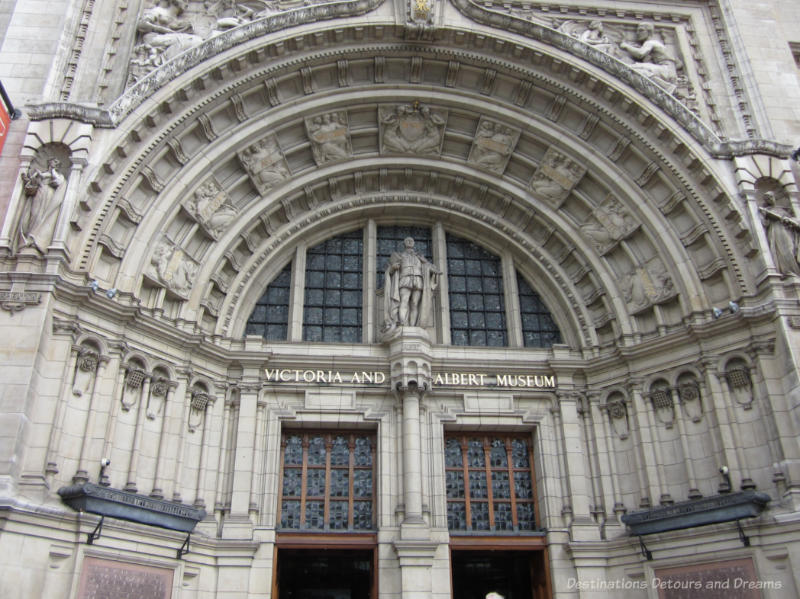
A photographic sampling of the impressive collection at the Victoria and Albert Museum in London, England
Museums are one of the many businesses and institutions that have been drastically impacted by the COVID-19 pandemic over the past year. Many have closed their doors to the public, some for long stretches of time, others perhaps for multiple shorter periods. When they have been open, they may have had to make significant changes to how visitors experience the museum and limit the number of visitors. The Victoria and Albert Museum (V&A) in London, England is one museum that has been affected. Layoffs and restructuring are the result.
As I read recent articles about the changes, I was reminded of my own visit to the V&A in 2013. I spent several wonderful hours going through the museum and could easily have spent many more going through its extensive collection of exhibits.
The V&A is considered the “mother” of decorative art museums all over the world. It houses the world’s largest collection of decorative arts and design. There are over 2.3 million objects in its permanent collection spanning over 5,000 years of human creativity.
The museum was founded in 1852 and originally called the Museum of Manufacturers. It had two different locations before moving to the current site on Cromwell Road in 1854, at which time it became known as the South Kensington Museum. Queen Victoria officially opened the museum on June 20, 1857. She returned in 1899 to lay the foundation stone of the Aston Webb building to the left of the main entrance. It was then that the museum was renamed the Victoria and Albert Museum.
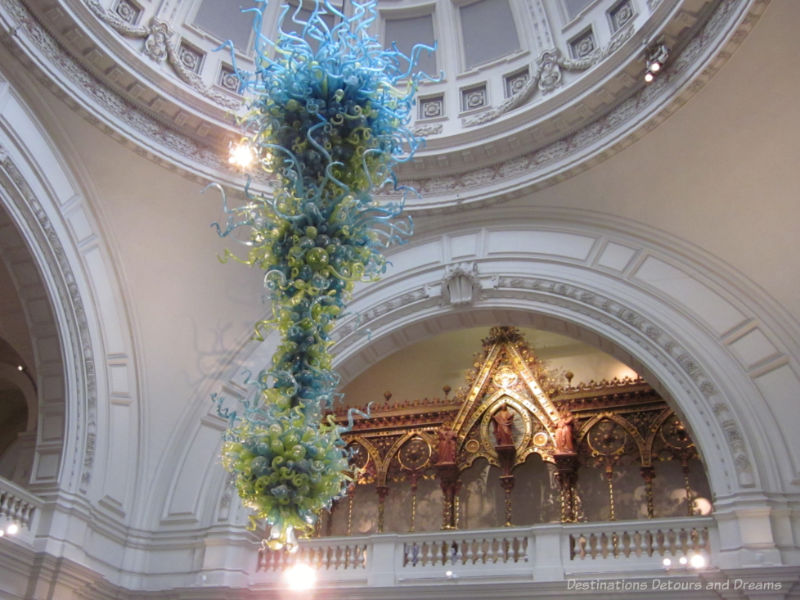
The V&A is partially funded via government grants. As is the case with so many of London’s great museums, entrance to its permanent galleries is free. But approximately 55% to 60% of its funding comes from special exhibits, events, membership, merchandising, and sponsorship. Much of that has stopped because of the pandemic, which hit after three of the museum’s most successful years. Visitor figures were down 85% in 2020. The museum did receive some emergency government support that allowed it to survive into 2021, but they estimate it will take several years to recover financially.
The changes at the museum involve job cuts and restructuring of the curatorial departments to form more inter-disciplinary teams. The museum’s collection is not changing nor are the gallery spaces, but curators will be more stretched. It is expected that the visitor experience will be unchanged. I hope that turns out to be true because this is an impressive museum. If you are interested in reading more about the reaction to the restructuring, here are links to articles in the Guardian, The Art Newspaper, and on the Museums Association site.
To give just a tiny glimpse into the type and breadth of materials in the V&A, following are a few photos from my visit. Keep in mind these photos represent a miniscule portion of the collection and, although they show a variety of types of pieces, they still don’t reflect the full variety of the museum’s collection.
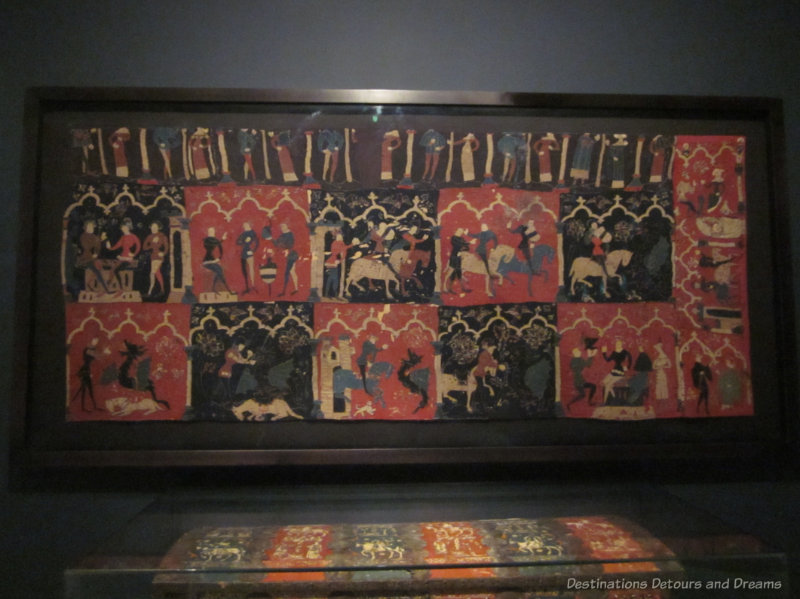
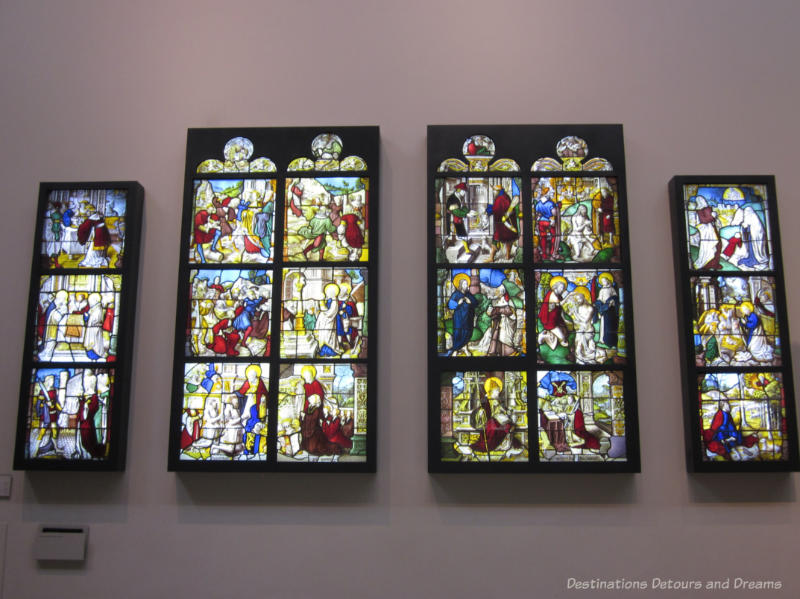
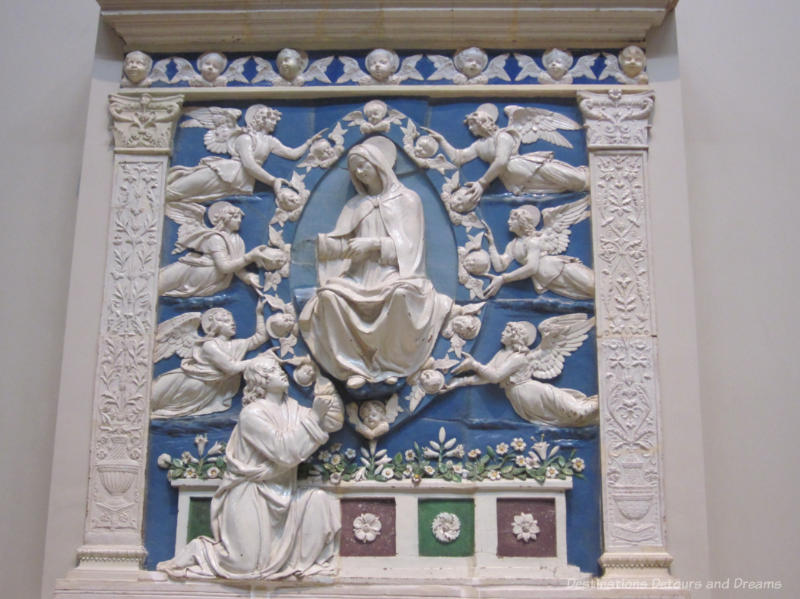
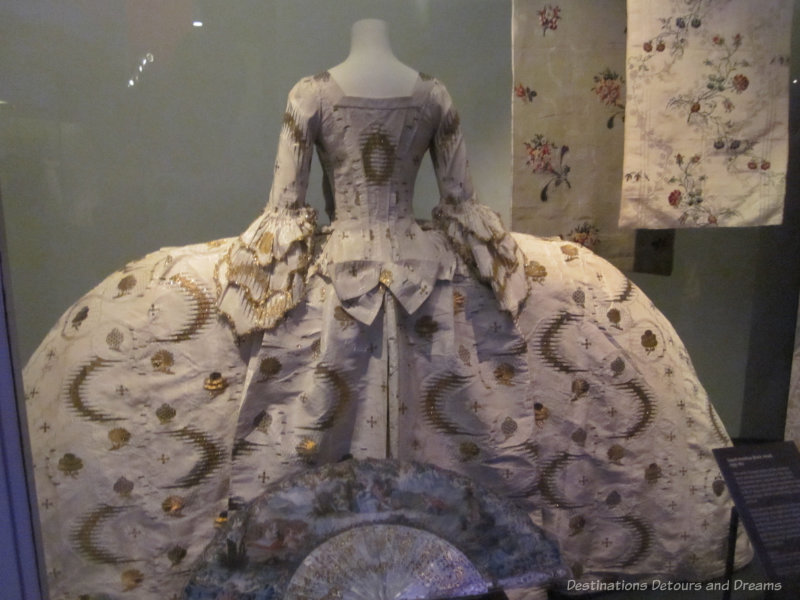
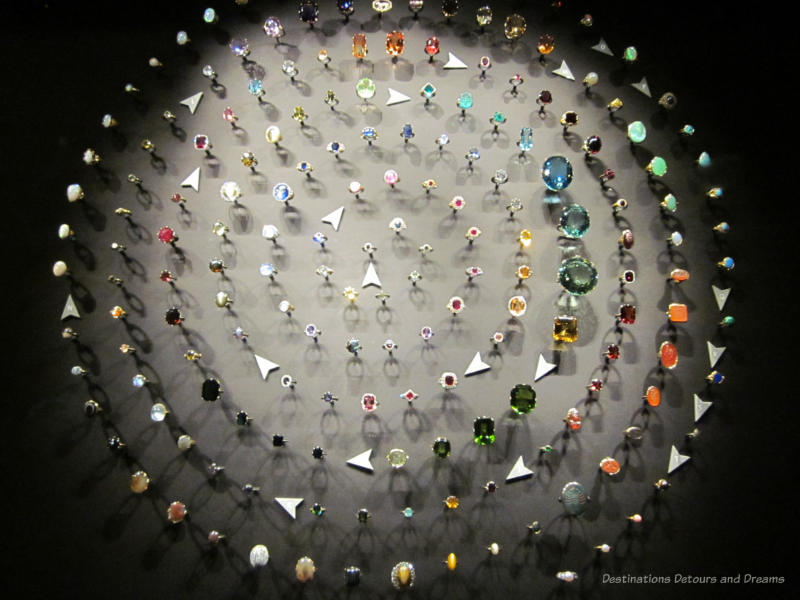
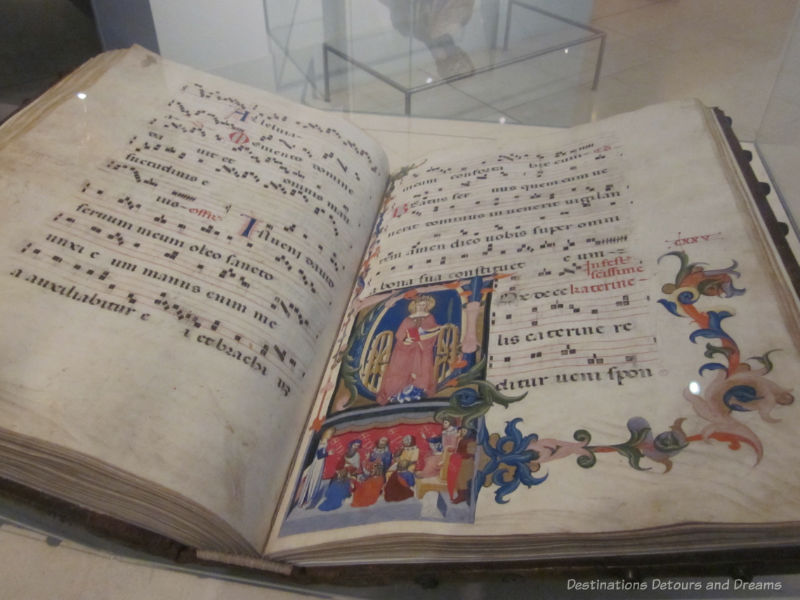
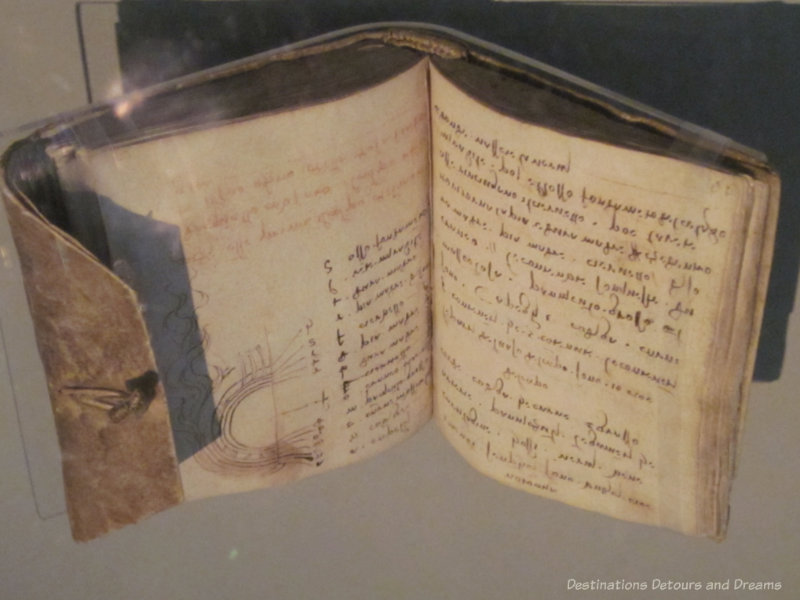
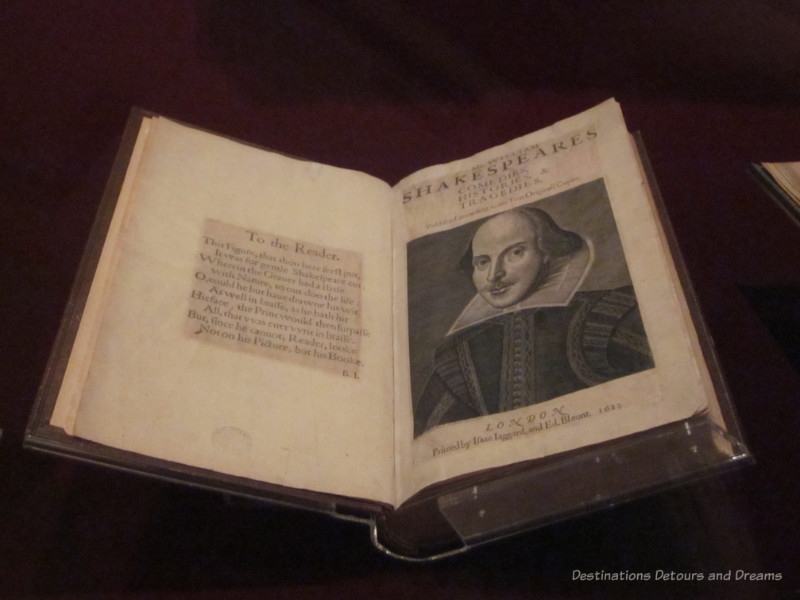
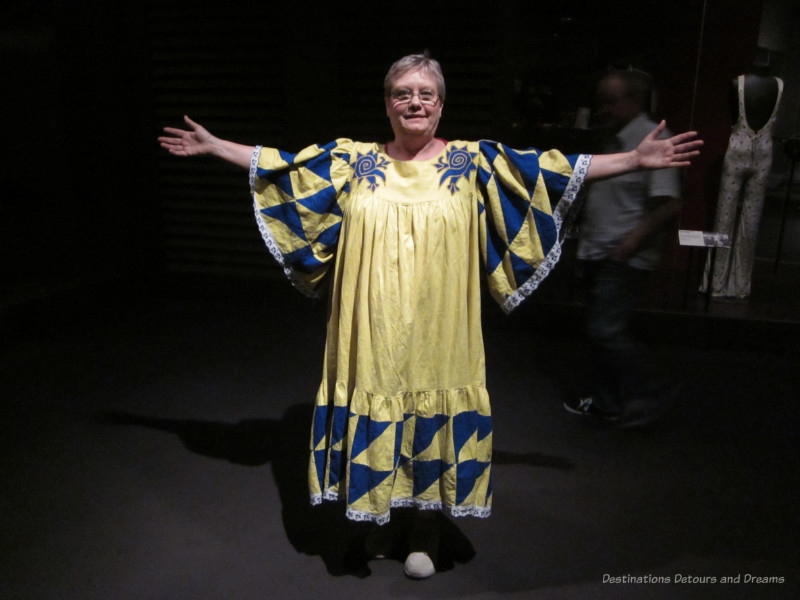
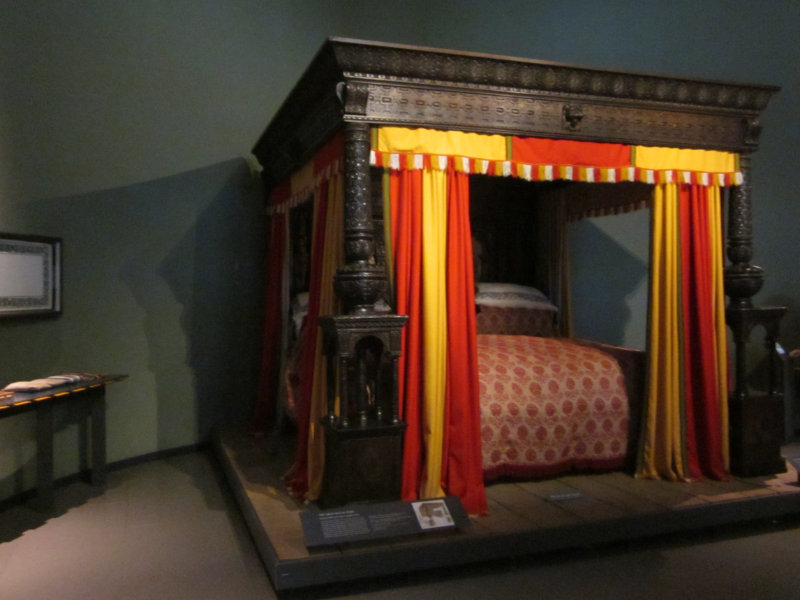
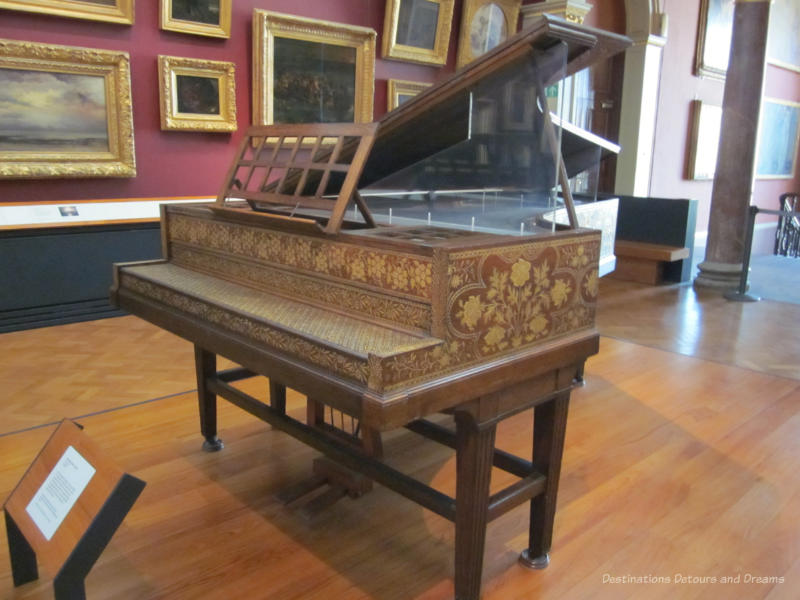
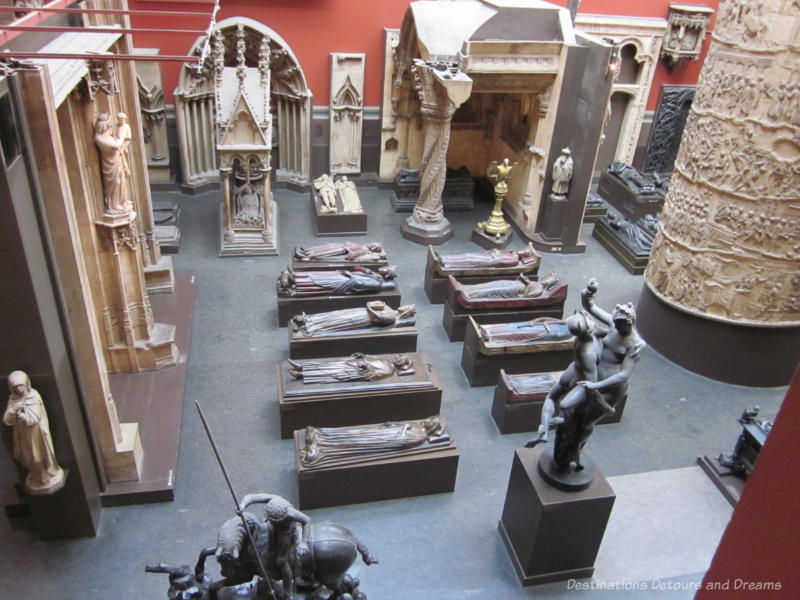
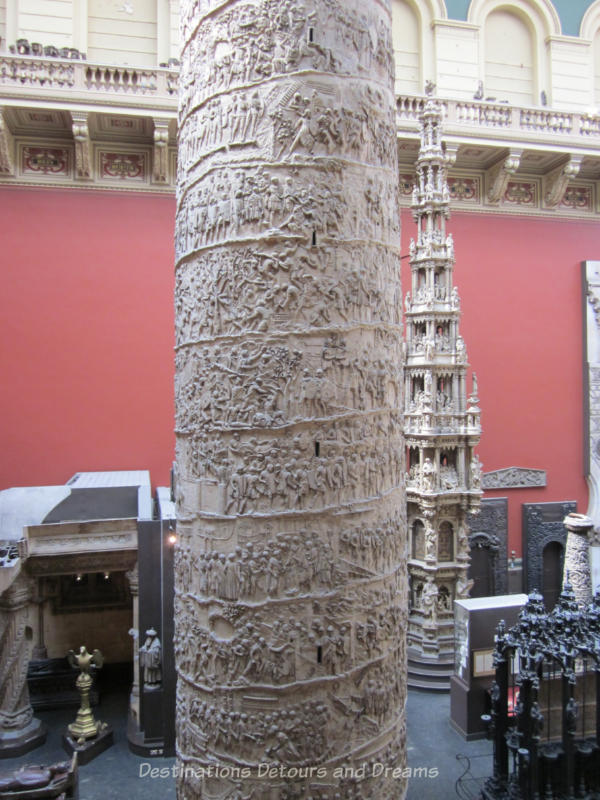
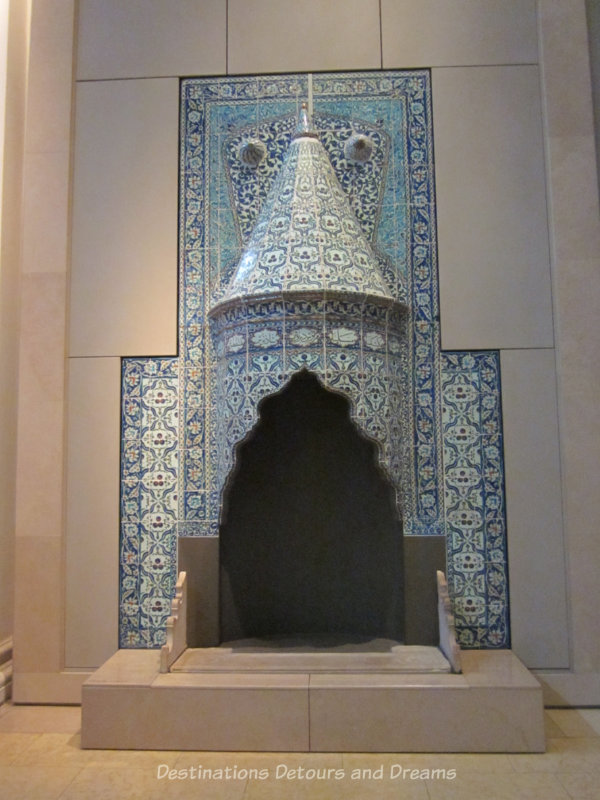
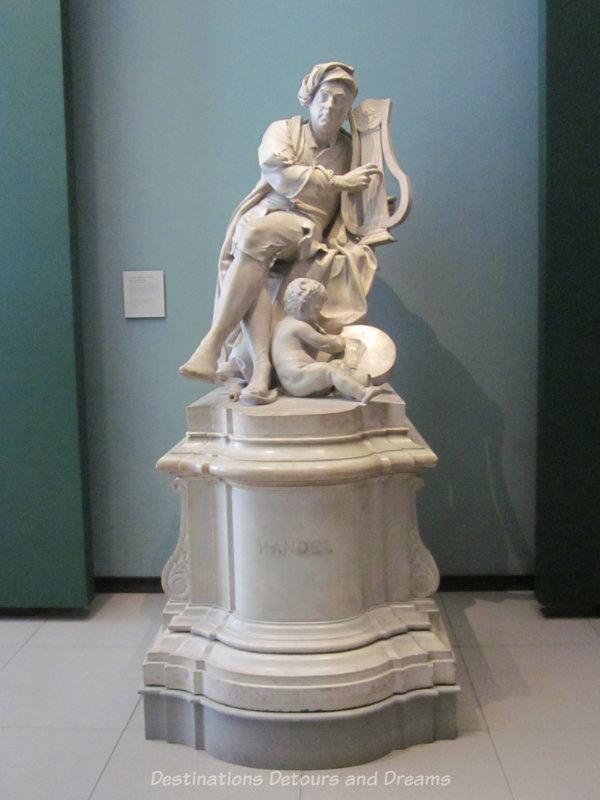
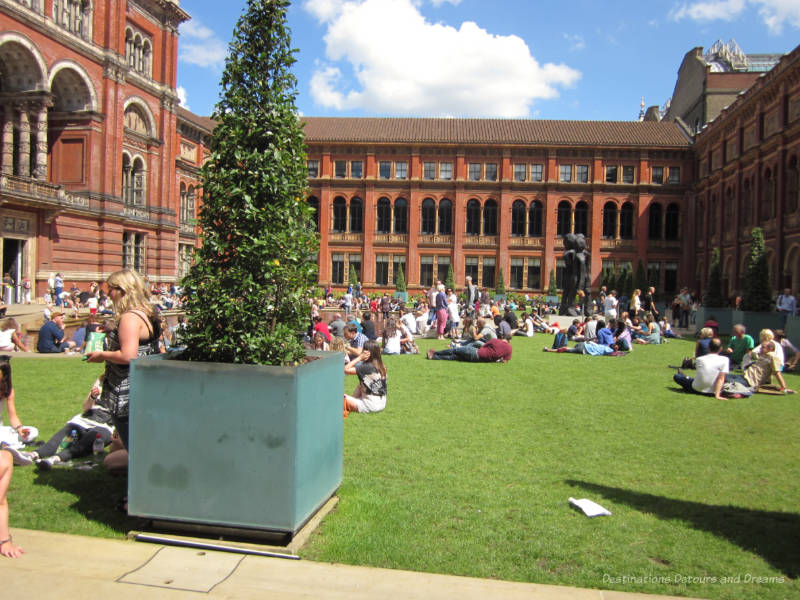
Note that the museum in currently closed due to pandemic restrictions. It is expected that museums in London will be allowed to reopen in May 2021. In the meantime its collection is available for online browsing.
Never miss a story. Sign up for Destinations Detours and Dreams free monthly e-newsletter and receive behind-the-scenes information and sneak peeks ahead.
PIN IT
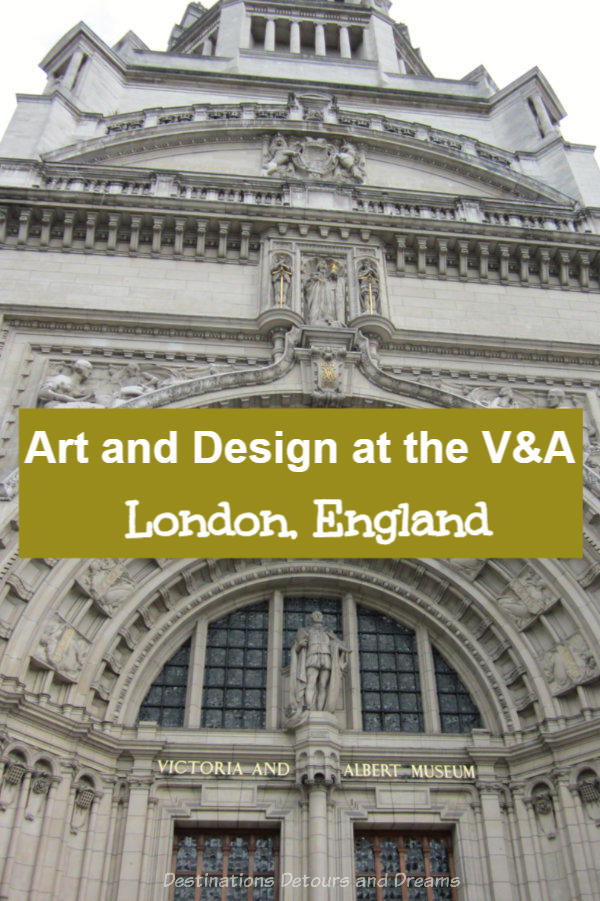

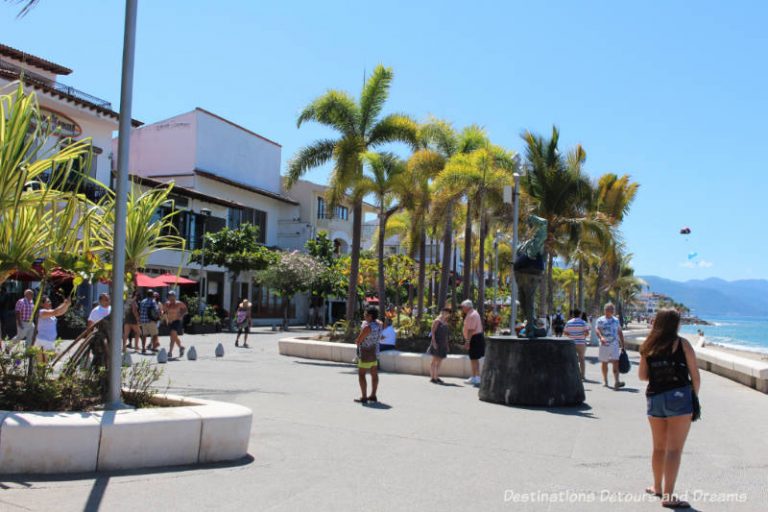
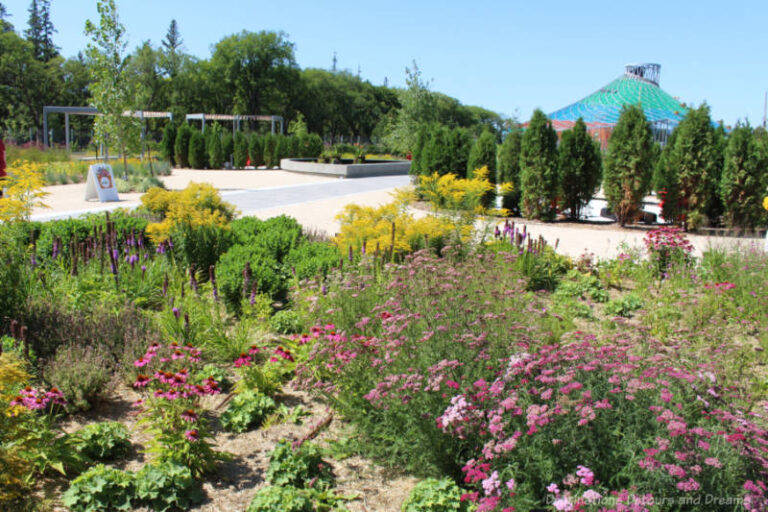

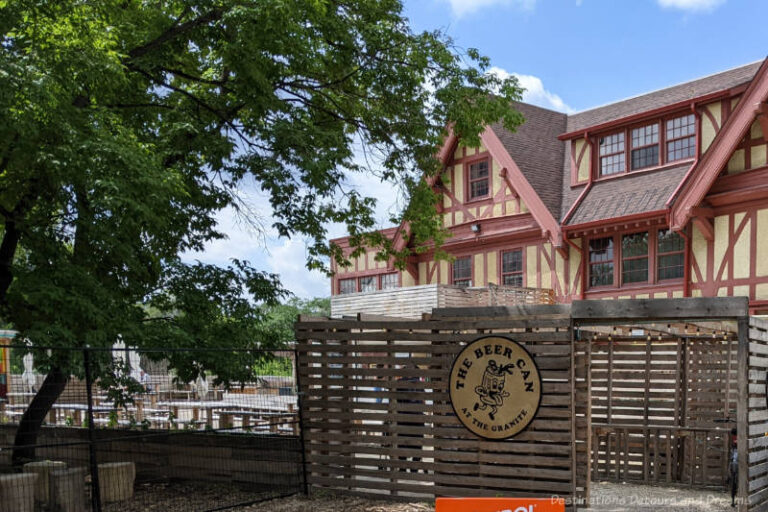
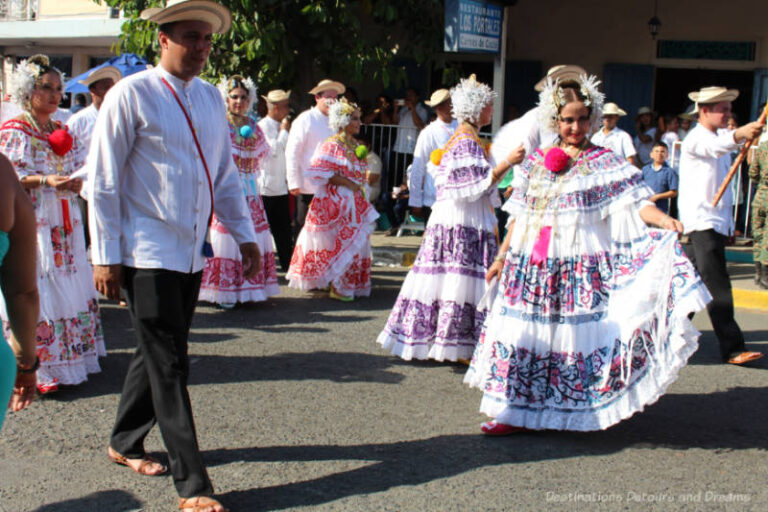

One amazing thing after another. Loved the piano. And then there you are, ready to deliver a proclamation.
Ken, definitely one amazing thing after another.